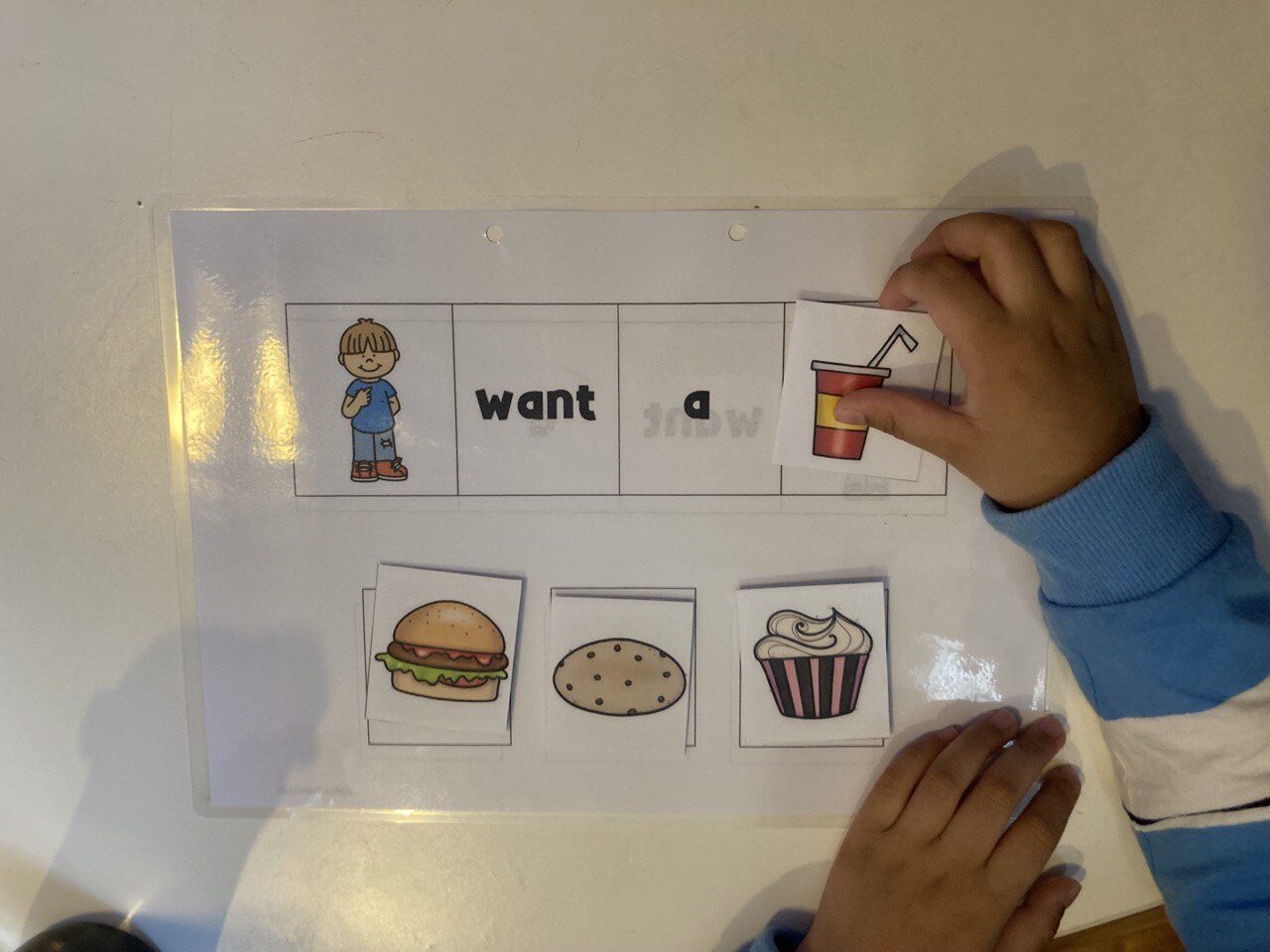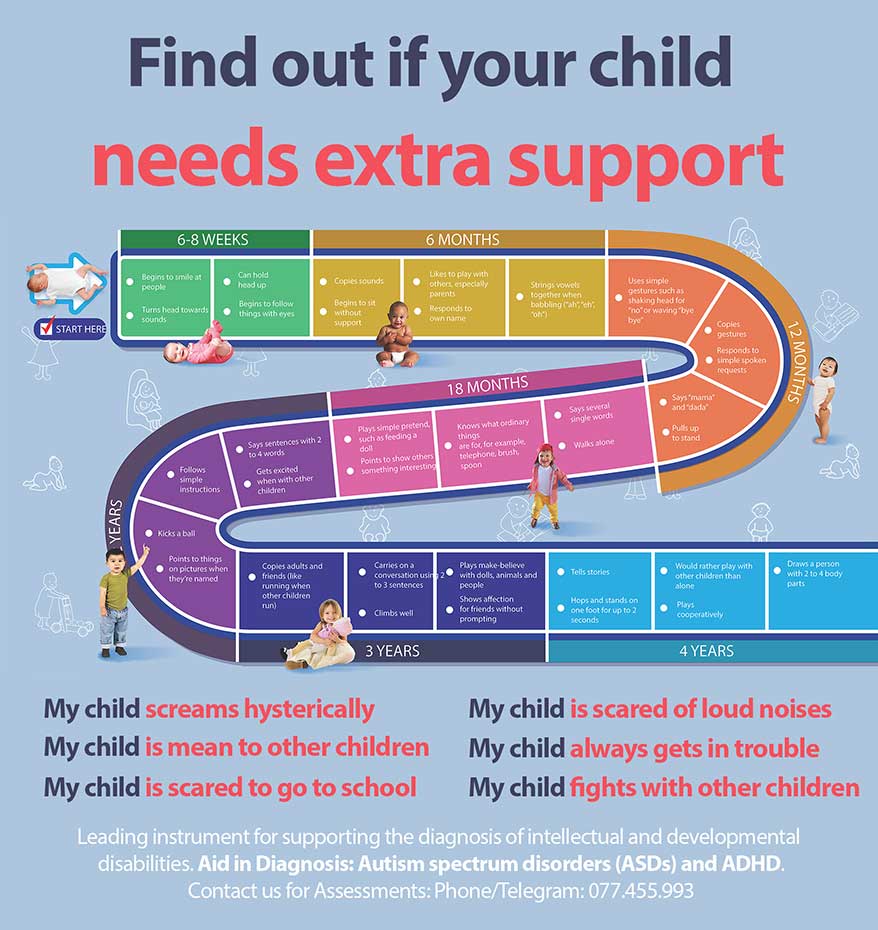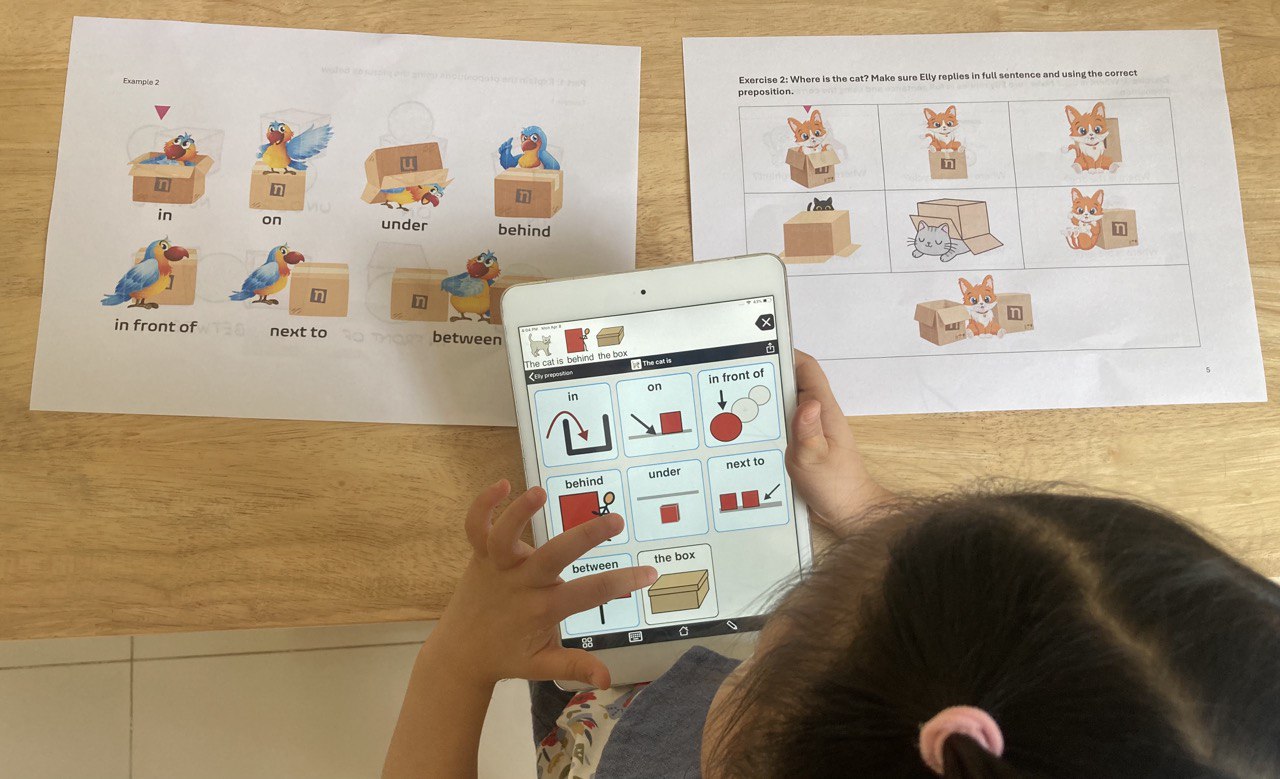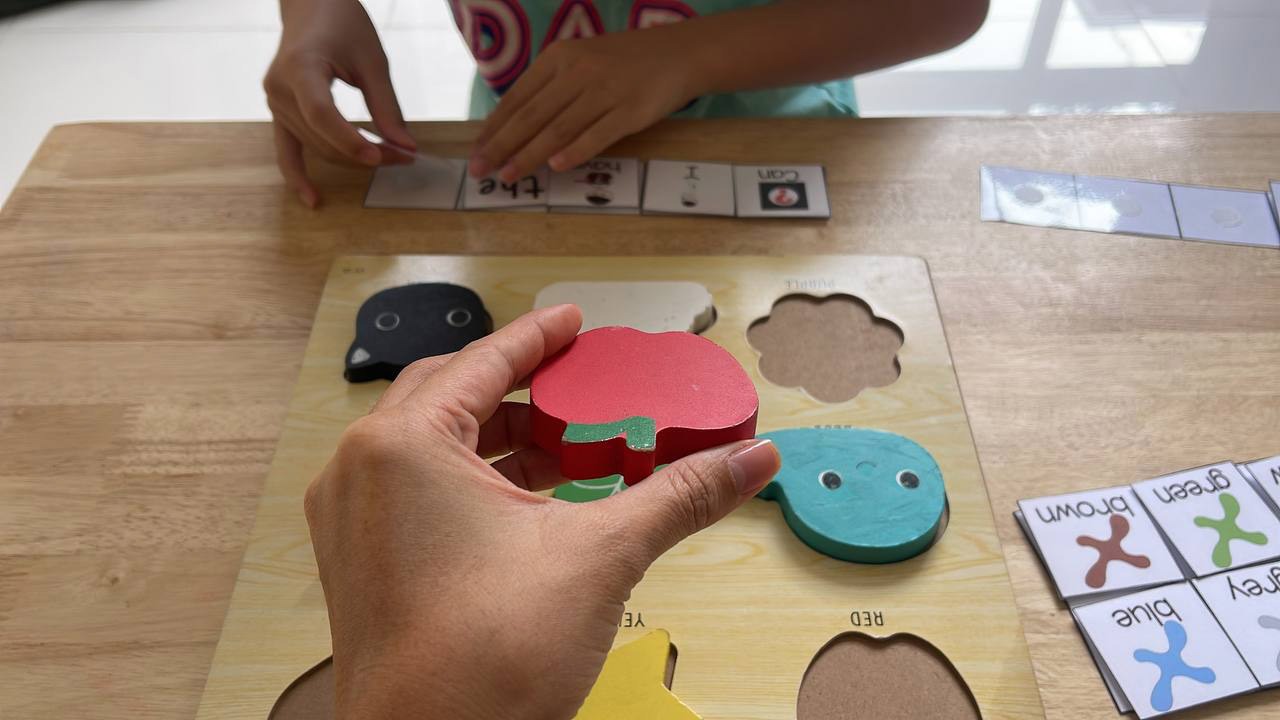Selective mutism is an anxiety disorder characterized by an inability to speak in specific social situations, despite possessing the ability to communicate normally in other settings. In classrooms, this may manifest as a student who remains silent during group activities, avoids answering questions aloud, or struggles to interact with peers. While frustrating for both teachers and students, understanding selective mutism and implementing supportive strategies can foster a more inclusive and nurturing learning environment.
Recognizing the Signs:
Early identification of selective mutism is crucial. Key indicators include:
- Silence in specific settings: The student speaks freely at home or with familiar individuals but remains silent in school, with peers, or in large groups.
- Nonverbal communication: They may use gestures, facial expressions, nodding, or writing to communicate.
- Anxiety: Signs of distress or discomfort may be present in situations where speaking is expected.
- Academic impact: Difficulty participating in class discussions, group projects, or presentations can affect learning outcomes.
Creating a Supportive Environment:
- Collaboration: Partner with parents and professionals to develop a comprehensive support plan tailored to the student’s individual needs.
- Respectful communication: Avoid pressuring the student to speak. Offer alternative communication methods like writing, drawing, or picture cards.
- Build trust: Create a safe and welcoming classroom where the student feels comfortable expressing themselves, regardless of the form.
- Positive reinforcement: Celebrate all forms of communication, both verbal and nonverbal. Acknowledge their efforts and progress, no matter how small.
- Reduce anxiety: Provide predictable routines, quiet spaces, and opportunities for individual interaction to help manage anxiety.
- Peer awareness: Educate classmates about selective mutism, fostering understanding and empathy rather than curiosity or pressure.
Strategies for the Classroom:
- Offer choices: Allow students with selective mutism to choose how they participate in activities, whether verbally, nonverbally, or in writing.
- Small group work: Start with small, familiar groups before gradually transitioning to larger settings.
- Role-playing: Practice communication skills in safe, controlled environments through role-playing or simulations.
- Technology utilization: Utilize assistive technology like communication apps or text-to-speech software to facilitate interaction.
- Individualized learning: Adapt assignments and presentations to accommodate the student’s communication preferences.
By understanding the unique challenges faced by students with selective mutism and implementing these supportive strategies, teachers can create classrooms that are inclusive, empowering, and conducive to learning for all.
Find out if your child needs extra support today!
- My child screams hysterically
- My child is mean to other children
- My child is always worried
- My child is scared to go to school
- My child is scared of loud noises
- My child doesn’t know how to read
- My child is scared to play outside
- My child does not respond to his name
- My child always gets in trouble
- My child fights with other children
- My child doesn’t know how to count
If you are concerned about your child’s development, contact us for Assessments: Phone/Telegram: 077.455.993 – Telegram Link: https://t.me/OrbRom
If you are concerned about your child’s development, contact us for Assessments.
Phone/Telegram: 077.455.993 Link: https://t.me/OrbRom






Leave A Comment